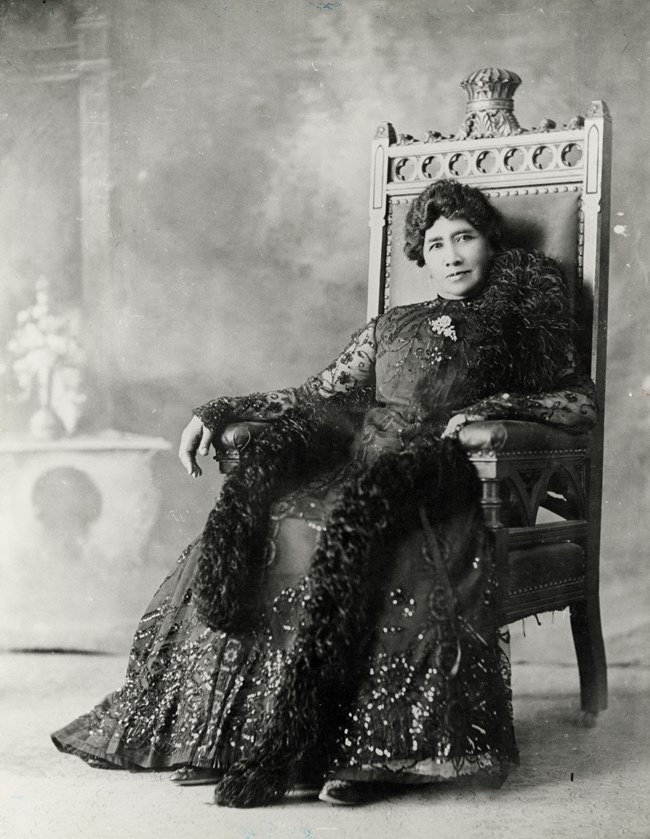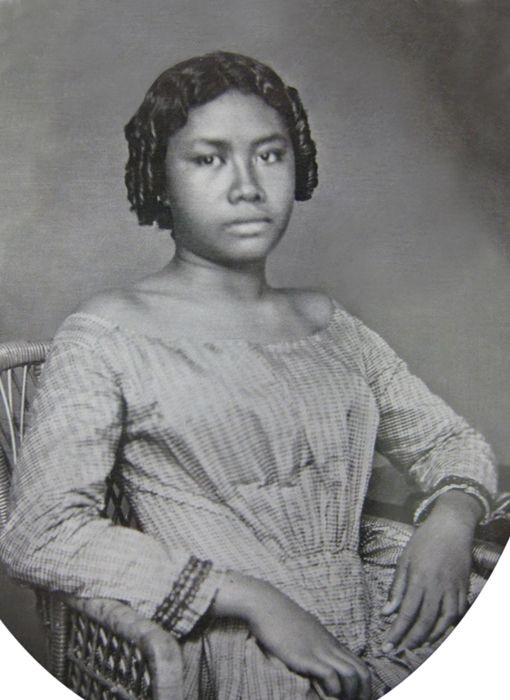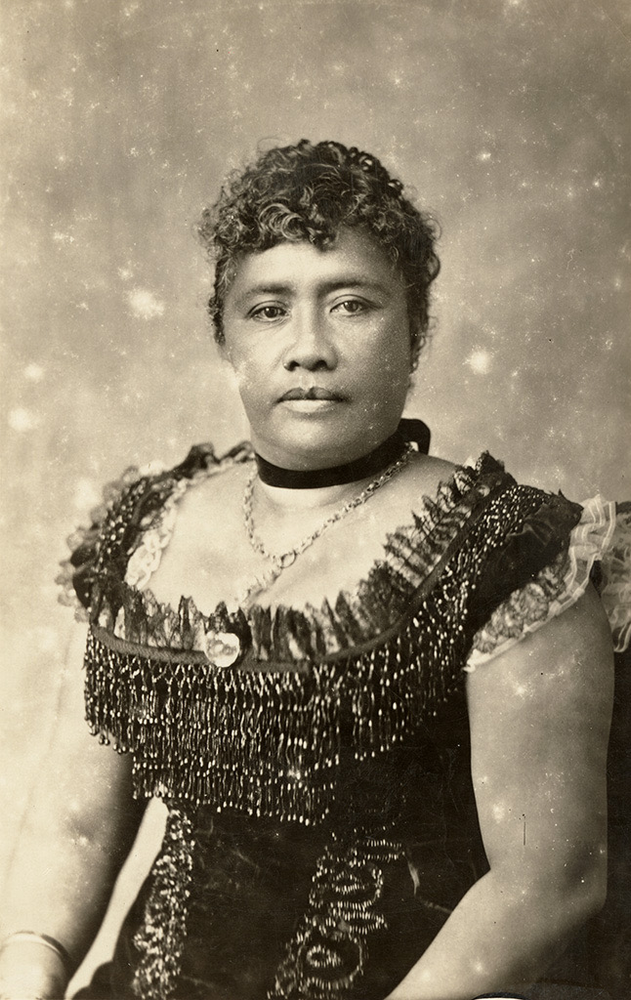“White Southerners, who settled the Hawaiian islands during the 19th Century had a song about the native people which ran, “You many call them Hawaiian, but they look like niggers to me.”…From King Kamehameha to Queen Liliuokalani, each Hawaiian ruler was very dark-skinned with Negroid features. It is one of the incredible ironies of history that few American are aware that the original Hawaiians were black peoples; and that their royal family was one of the greatest of the 19th Century.”
-Legrand H. Glegg, II.
Did you know that the original natives of Hawaii possessed skin, hair, and way of life that showed they were of African descent? Perhaps America’s best kept secret, the first settlers in Hawaii were African and/or of African descent who mixed with Native Americans after discovering and settling in the land. However, the history of the ancestry of native Hawaiians has largely been ignored by scholars to provide clear evidence, while sidelining the little findings by many historians and anthropology scholars.
The first Hawaiians and their royals were dark skinned with distinct African features who ruled and lived in an African-style community. That was until the forceful invasion by whites in America who ended the royal lineage after destroying the reign of Queen Lili’uokalani. She is known to be the last Black royal of Hawaii and was the first and only woman to rule her people between 1891 and 1893.

Queen Lili’uokalani was born on September 2, 1838 as Lydia Lili’u Loloku Walachia Kamaka’eha to High Chief Kamanawa II and his wife. Her father was the great-grandson of one of the five Kona chiefs in Hawaii. It is interesting to note here the existence of the Jukun-Kona tribe in Nigeria whose people had migrated to different parts of the world.
As a young royal, Lili’uokalani was educated in a special Royal School and was instructed by white American missionaries. She gained an interest in literature and music and would become a composer and writer. After the successful completion of her education, she married American statesman John Owen Dominis at the age of 24 after 2 years of engagement. When she was 39 Lili’uokalani became crown princess and the heir to the throne after the death of her youngest brother in 1877.

In 1891, the death of her older brother King Kalākaua from food poisoning during a visit to the U.S., made Princess Lili’uokalani Queen. Following her ascension to the throne on January 29, a Chicago reporter, Mary H. Krout described Lili’uokalani as “strong and resolute. The features were strong and irregular. The complexion quite dark; the hair streaked with gray, and she had the large dark eyes of her race.” During her brief tenure as queen, she became very influential in the creation of opportunities and amended several laws that did not work in her people’s favor. She founded the Liliuokalani’s Savings Bank for women, helped establish a money lending group for working women, established orphanages, and founded the Lili’uokalani Educational Society to train Black girls from poor homes in various trades.
While the queen worked to restore power completely to the monarchy of Hawaii and return “Hawaii to the Hawaiians,” after it was reduced by the U.S. Constitution through the Bayonet Constitution, it was too late. American businessmen and missionaries had strongholds in every corner of Hawaiian culture. On January 17, 1893 Lili’uokalani was overthrown by a group of American and European businessman. The coup was supported by U.S. Minister John Stevens and a contingent of U.S. Marines. Hoping that peace would remain and loss of life be avoided, Queen Lili’uokalani surrendered after writing the following letter:
I, LILIUOKALANI, by the Grace of God and under the Constitution of The Hawaiian Kingdom, Queen, do hereby solemnly protest against any and all acts done against myself and the Constitutional Government of the Hawaiian Kingdom by certain persons claiming to have established a Provisional Government of and for this Kingdom.
Now to avoid any collision of armed forces, and perhaps the loss of life, I do under this protest and impelled by said force yield my authority until such time as the Government of the United States shall upon the facts being presented to it undo the action of its representative and reinstate me in the authority which I claim as the Constitutional Sovereign of the Hawaiian Islands.
The queen was under the belief that the president of the U.S., President Grover Cleveland would reinstate her as queen, however he deceived her by promising a reinstatement after she granted amnesty to all who had been involved in the coup. In 1894, the U.S. made Hawaii a republic and gave it a president, marking the end of the monarchical rule.
Queen Lili’uokalani was arrested the following year after accusations of staging a rebellion. She was kept under house arrest in her home where she abdicated the throne for the release of several innocent people who had been arrested on account of her. She continued in her attempts to regain the monarchy of Hawaii, but after several failed attempts she lived a private but heavily monitored life until her death in 1917.

She is known and remembered for her works to empower women, her fight for the Hawaiian monarchy, and for being the last Black queen. She is also remembered for her many songs, poems, and her autobiography Hawaii’s Story by Hawaii’s Queen during her imprisonment.
Powered by WPeMatico


